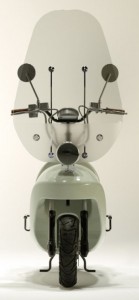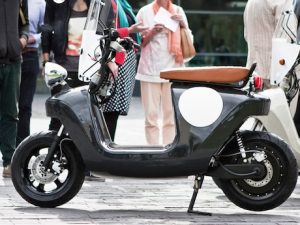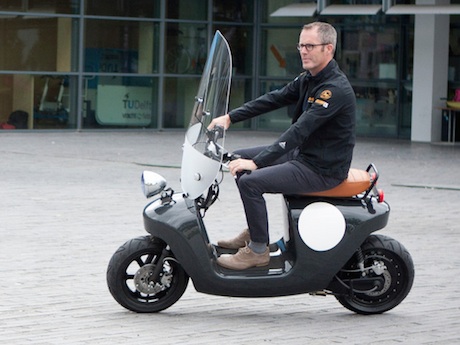As motorcycle manufacturers look for “greener” and lighter weight materials to build their bikes, could hemp play a role?

These are just two examples of manufacturers starting to think outside the square when it comes to materials for their motorcycles. Light weight is necessary to improve fuel economy and reduce emissions while “green” natural products will also help their environmental credentials.
Use of bio materials in auto manufacturer is not new. During the 1930s, automobile pioneer Henry Ford began developing soy-based automobile parts, but that was interrupted by the war.
Fast forward to the past couple of decades and now most auto manufacturers include bio materials in their manufacturing process. Most use bio materials in the seats and some mix bio materials into their plastics. However, use is still fairly limited although a 2012 Iowa State University found vast potential in auto manufacture for the use of bio products in switches, electrical shielding, panels, paint, oils, etc.

The Be.e has a choice of 2.5-kWh and 5-kWh batteries with 55km and 160km range. The battery powers a 4-kW electric rear hub motor that pushes the 95kg two-person scooter to speeds up to around 58km/h.


